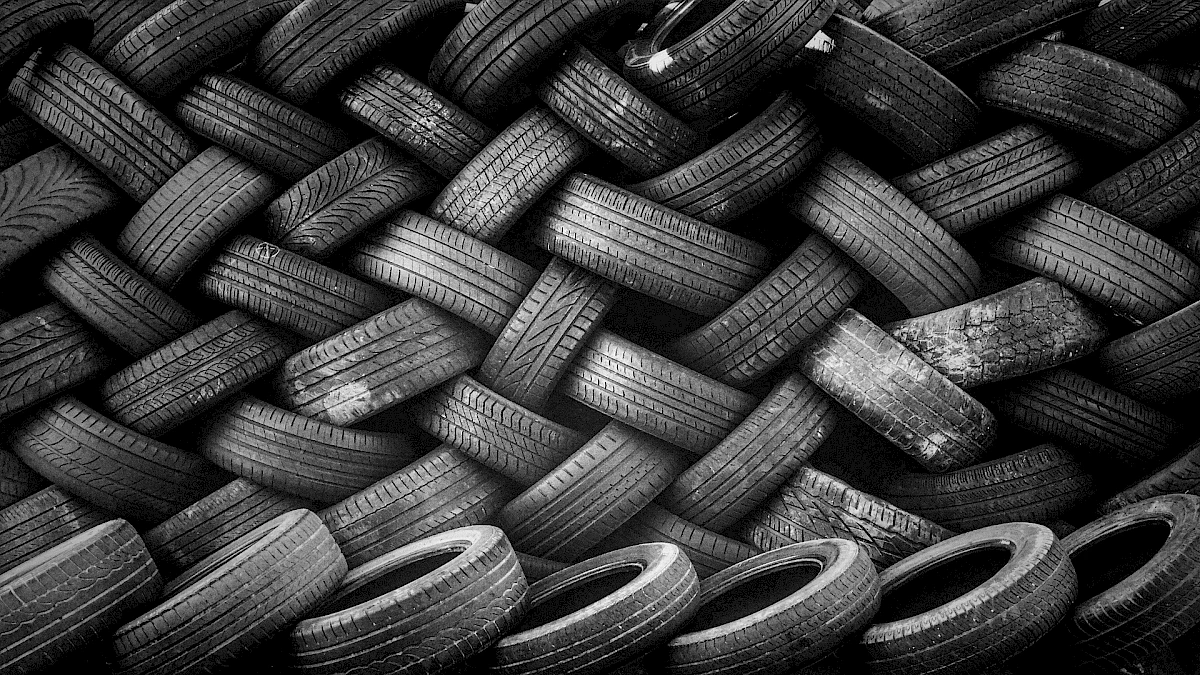
© Photo by geogif on istockphoto


Pyrolysis of plastic waste
With the current growing focus on utilising the potential of chemical recycling processes, the importance of pyrolysis in particular is growing. So far, it has only been used for selected plastic wastes (e.g. thermoplastics such as PP, PE), mostly on a smaller scale, in order to meet the required product qualities for further material use (e.g. as steam cracker feedstock naphtha) (the first commercial plants exist abroad). The pure hydrocarbon-containing polymer wastes are particularly suitable for pyrolysis to obtain naphtha substitutes from them, because they are very similar to petroleum in their composition. The pyrolysis of mixed plastic waste of more complex composition (such as blends, composites and polymers made of more than one monomer) and their integration into chemical industrial production is becoming increasingly important for the circular economy of plastics, partly in order to meet administrative requirements. Depending on the achievable product quality, large-scale gasification, catalytic/hydrogenating cracking processes or steam cracking can be used. This optimally complements mechanical recycling as well as the direct use of certain suitable plastics in solvent processes or in gasifiers, which are also the subject of current research and development efforts, and enables high-quality recycling because virgin material quality is achieved.
 Pyrolysis of plastic waste
Pyrolysis of plastic waste© Photo by Imthaz Ahamed on Unsplash
The carbon needed for the production of tyres can be produced in high quality by pyrolysis of used tyres.
